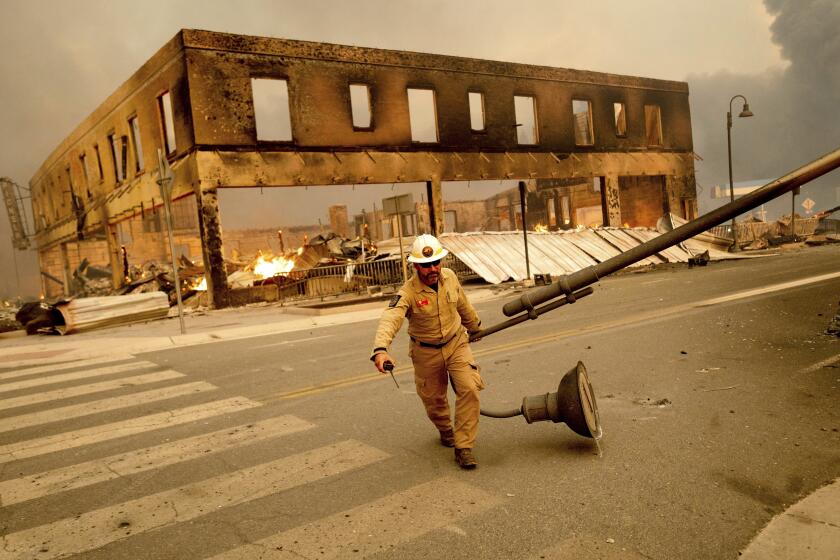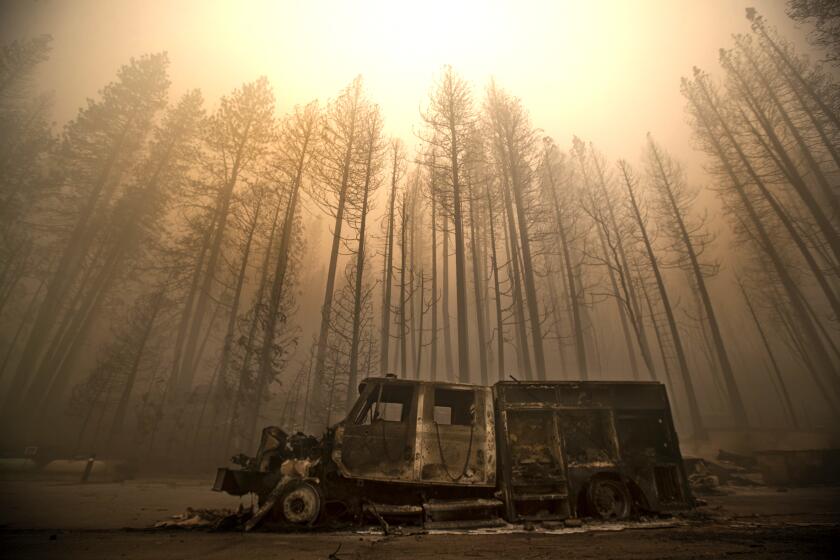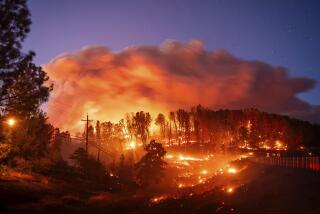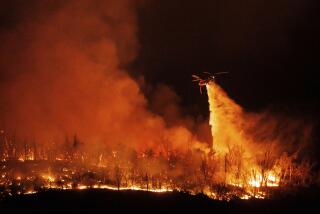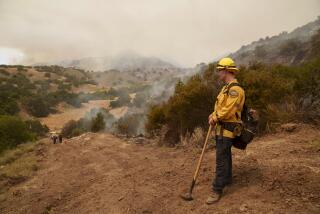Overwhelmed firefighters battle to save California communities, assess mass destruction

A wind-driven wildfire tore through a Northern California mountain town, leaving much of the downtown in ashes and crews braced for another explosive run of flames in the midst of dangerous weather.
GREENVILLE, Calif. — Firefighters on Thursday battled powerful winds and dry conditions that caused several Northern California wildfires to explode, destroying large swaths of downtown Greenville as well as homes near Colfax.
Overwhelmed fire crews faced multiple fronts as they tried to protect communities in the path of flames while also expanding evacuation zones.
The Dixie fire — now a monstrous 361,812 acres — devastated the Plumas County town of Greenville and firefighters are worked Thursday to defend nearby communities from a similar fate.
The destruction by the Dixie fire of a large swath of the Gold Rush town of Greenville left residents stunned and mourning all that has been lost.
Late in the afternoon on Wednesday, the fire flowed over a hairpin road system into the town, said Jake Cagle, operations section chief for the fire. The blaze ignited rows of buildings and cars in Greenville’s downtown, bringing significant destruction.
“We did everything we could,” fire spokesman Mitch Matlow said. “Sometimes it’s just not enough.”
Crews are still assessing the damage, but it’s believed three-quarters of the town’s structures were consumed by the flames, fire spokeswoman Serena Baker said Thursday.
Early in the week, the Dixie fire continued to grow and the River fire burned homes north of Sacramento.
Fire officials said they battled the blaze inside the town for hours, and people fled as flames approached.
“It sounds like a war zone out there,” resident Rhonda Reames told KXTV-TV in Sacramento, saying she watched as fire swept through trees and caused propane tanks to explode.
Community members in the remote town were grappling with the devastation. Resident Curtis Machlan’s house went up in flames, taking with it irreplaceable family heirlooms, along with all of their possessions.
“It’s like losing a loved one. Like a death of a loved one,” said Machlan, who is currently out of the country. A friend in the area told him on Thursday that his house was reduced to ash.
The overall feeling was “shock. Just shock,” said Kevin Goss, a Plumas County supervisor and local business owner.
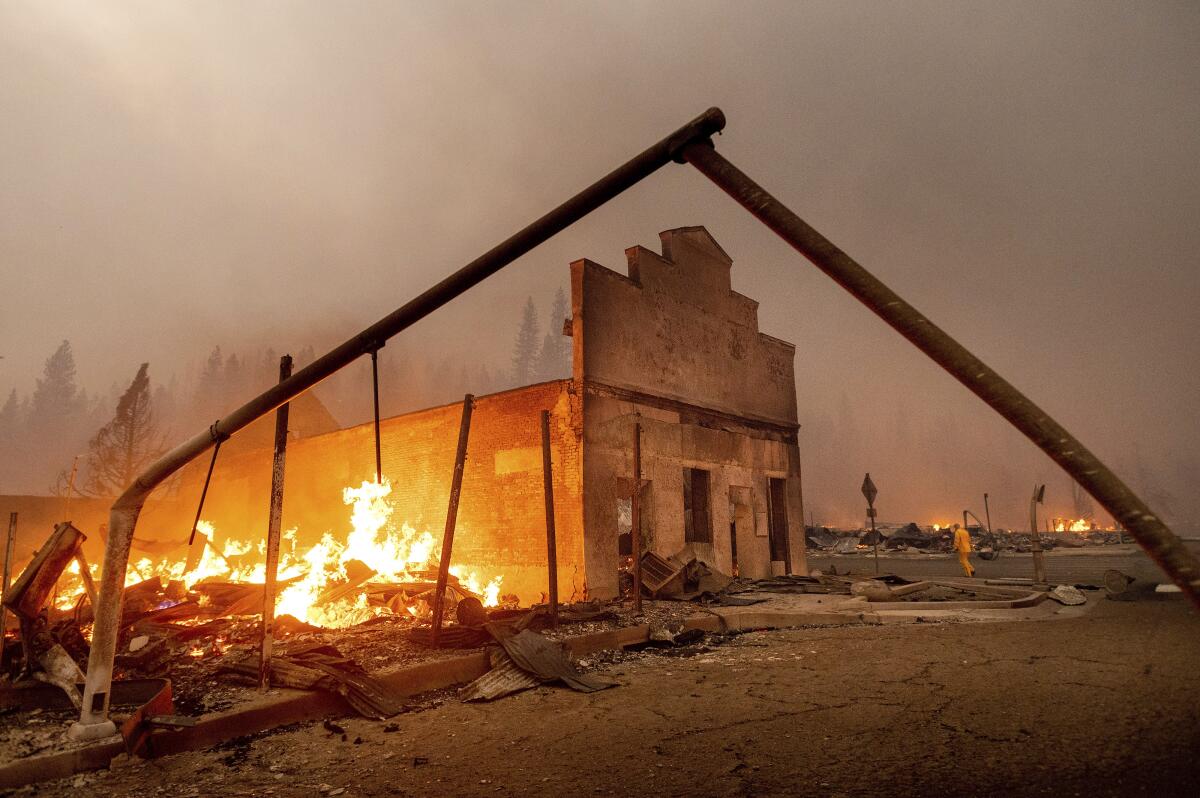
Firefighters on Thursday were patrolling the town of Chester, about 19 miles northwest of Greenville, to stave off flames that arrived there within the last 12 hours, said Edwin Zuniga, a spokesman for the west zone of the fire.
The Dixie fire broke out three weeks ago near a power station in Feather River Canyon. Pacific Gas & Electric Co. has said that its equipment might have sparked the blaze. A worker wasn’t able to get to the site and discover the flames until 9½ hours later, PG&E reported.
On Monday, the utility company disclosed that its equipment may also have ignited the Fly fire, which started about a week after the Dixie fire off Highway 70. It grew to 4,300 acres before merging with the Dixie fire.
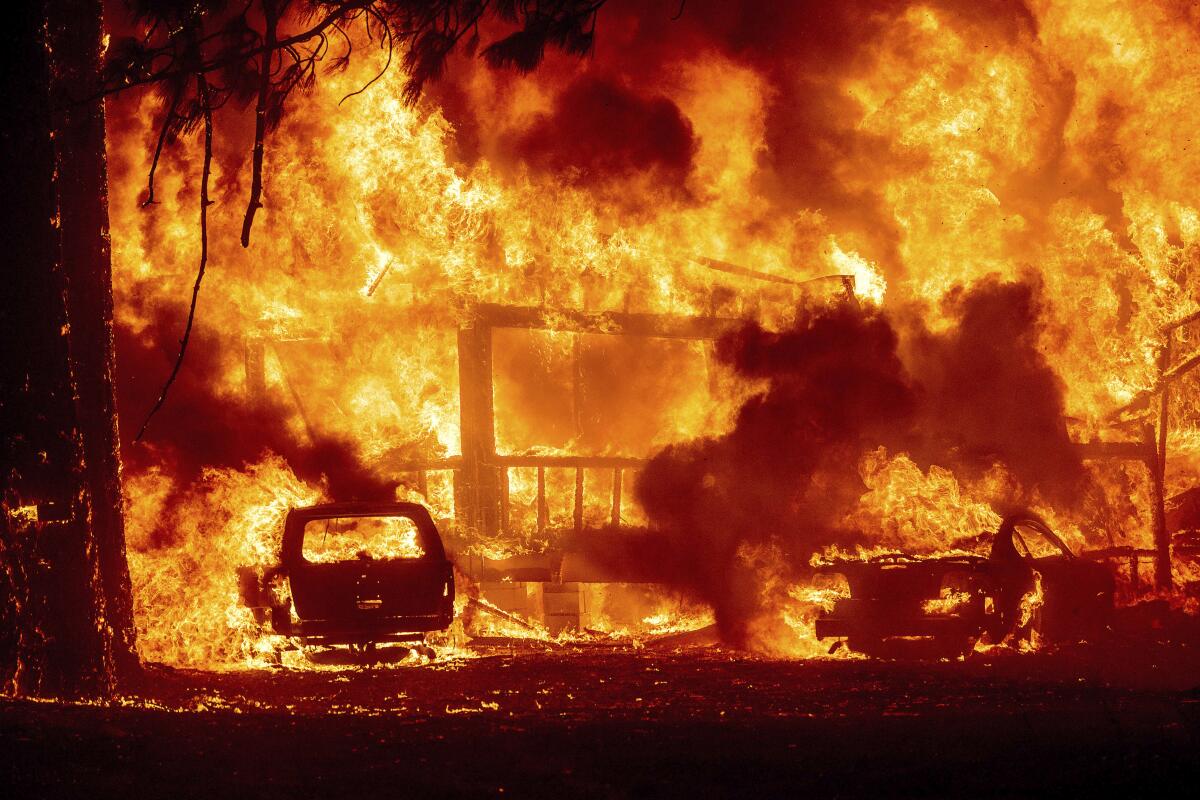
The Dixie fire in Butte and Plumas counties grew 50,000 acres from Wednesday to Thursday morning, making it the sixth-largest wildfire in California’s recorded history, according to the California Department of Forestry and Fire Protection.
It grew at a rate of roughly a half mile per hour in the overnight hours, tearing through parched vegetation, Zuniga said.
The blaze has now exceeded the size of the deadly North Complex fire, which last year devastated the same region where the Dixie fire is now burning.
The Dixie fire remains 35% contained.
At least 67 structures have been destroyed, with more than 13,800 under threat, according to the latest incident report.
The fires were burning amid critically dry, gusty conditions that prompted the National Weather Service to issue a red-flag warning advising of conditions that could foster rapid fire growth. The warning will last through 9 p.m. Thursday.
Winds were expected to pick up Thursday afternoon, with gusts of 20 to 25 mph, and humidity values in the 10% to 15% range, said Bill Rasch, meteorologist with the National Weather Service in Sacramento.
Temperatures will remain warm, with projected highs in the 90s.
A pocket of unburned fuels along the northern end of the fire ignited Monday, said Mike Wink, operations section chief for Cal Fire’s Incident Management Team 1, which is also focused on the west zone.
Greenville, with a population of roughly 1,000, is located in a remote mountain area in Plumas County. Much of the town burned during a fire in 1881, according to a local history, but quickly rebuilt.
Many in the area have experience with fires, Cagle said, but he cautioned against drawing parallels with the past.
“These are not the normal fires anymore,” he said, adding, “It’s just intense fire behavior, and it’s not what we’re used to.”
Six of the seven largest wildfires in California’s recorded history have ignited since 2020, according to information compiled by Cal Fire.
Goss, the Plumas County supervisor, has had a pharmacy in town since 1988. It was the oldest building in town, dating back to 1860.
“My pharmacy is gone, I know that,” said Goss, who lives in nearby Taylorsville. “The whole historic downtown area is gone.”
Goss had gone into town on Wednesday and saw the fire jump off the hillside, raining sparks and embers around Greenville. Authorities lifted a mandatory evacuation for the area on Tuesday, and people were just starting to return.
“That’s when the fire came to town,” Goss said. “It came through there like a blowtorch.”
Machlan, 58, moved to Greenville in 2007. It’s where he met his wife Kimberly.
The couple spends half the year sailing in the Caribbean. When the pandemic hit in early 2020, they were abroad and decided to stay there instead of risk flying home. That’s where they started hearing about the Dixie fire.
They left all of their clothing and belongings behind when they left the country. Family treasures, including an old Winchester .22 rifle that belonged to his great-grandfather, were gone, he said. The cars they left parked at the house likely are too, he said, along with a motorcycle in the garage.
“We’ve lost everything,” Machlan said.
Neighbors’ homes were also leveled, and the friend who told him his home was gone described it as a “moonscape.”
Though wracked with grief, Machlan said he was not entirely surprised by the events.
“I had a feeling that this was going to happen this year,” Machlan said, citing the driest conditions he’s ever seen in the Sierra Nevada. “After Paradise went up a couple of years ago, it was really just a matter of time until it happened to more mountain communities.”
About 55 miles southeast of the Dixie fire, another wildfire has destroyed at least 76 structures, threatened thousands of homes and other structures, and forced 5,200 people to evacuate in Nevada and Placer counties, officials said.
The 2,600-acre River fire started at the Bear River Campground on Wednesday afternoon and quickly burned uphill through brush and timber, destroying homes on both sides of the river that serves as the dividing line between the two counties, said Mary Eldridge, public information officer with Cal Fire.
“Fire likes to run uphill, and this fire has definitely done that,” she said. “It started at the river bottom and then burned straight up the ridges to the ridge top.”
Authorities reported 15% containment as of Thursday evening, and said they were bracing for gusty winds and a rise in temperature on Friday. The cause of the fire is under investigation.
Like other recent fires, the River fire’s growth was stoked by strong winds and historically dry conditions, Elridge said.
“The timber is dry. The bushes are dry,” she said. “We’re looking at the beginning of August, and conditions are like what we would normally see four to six weeks later, without precipitation.”
The Associated Press contributed to this report.
